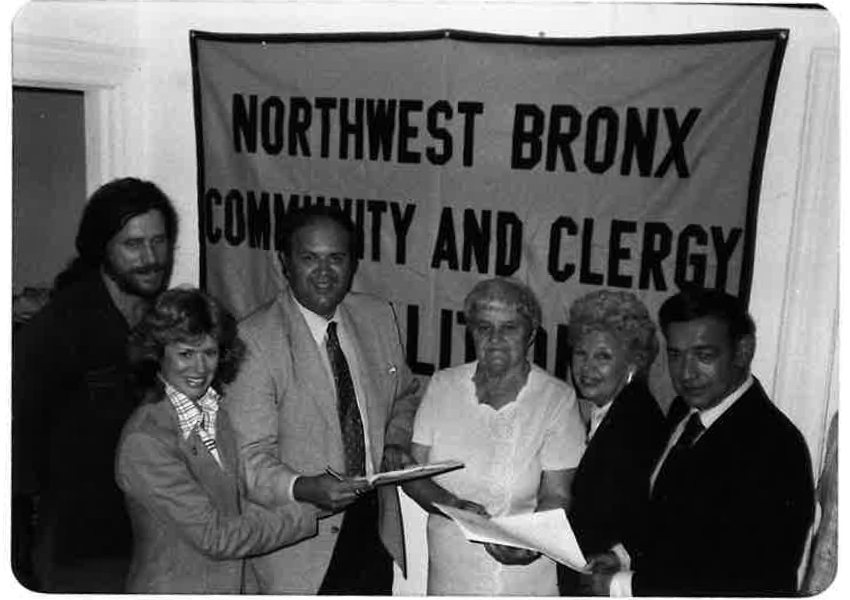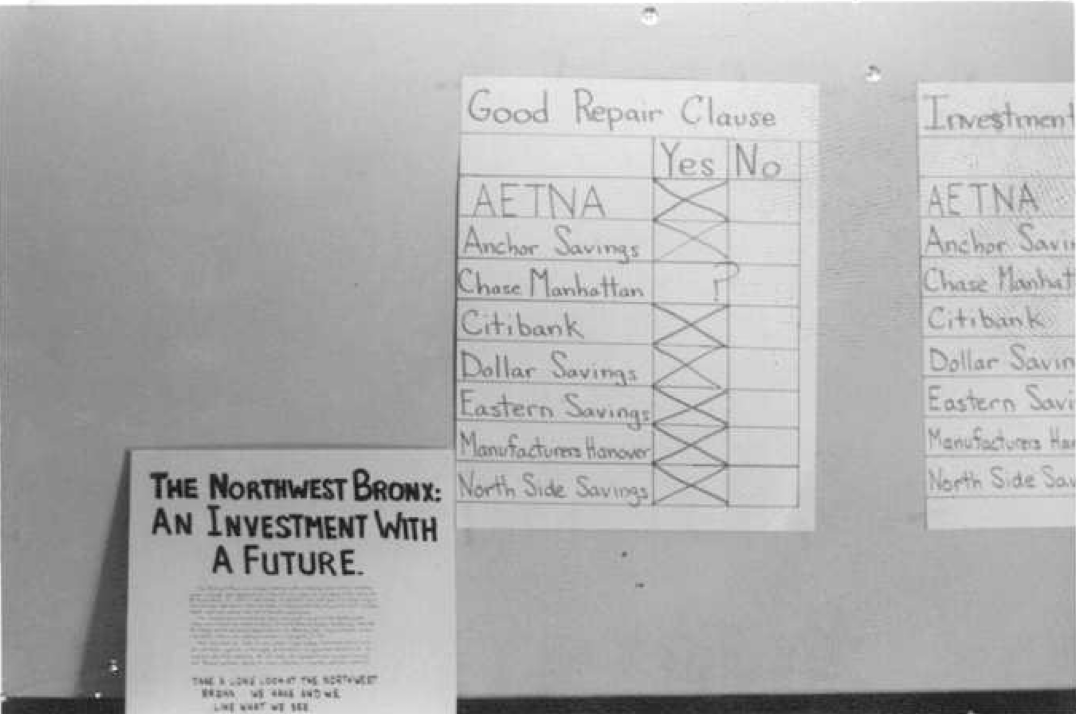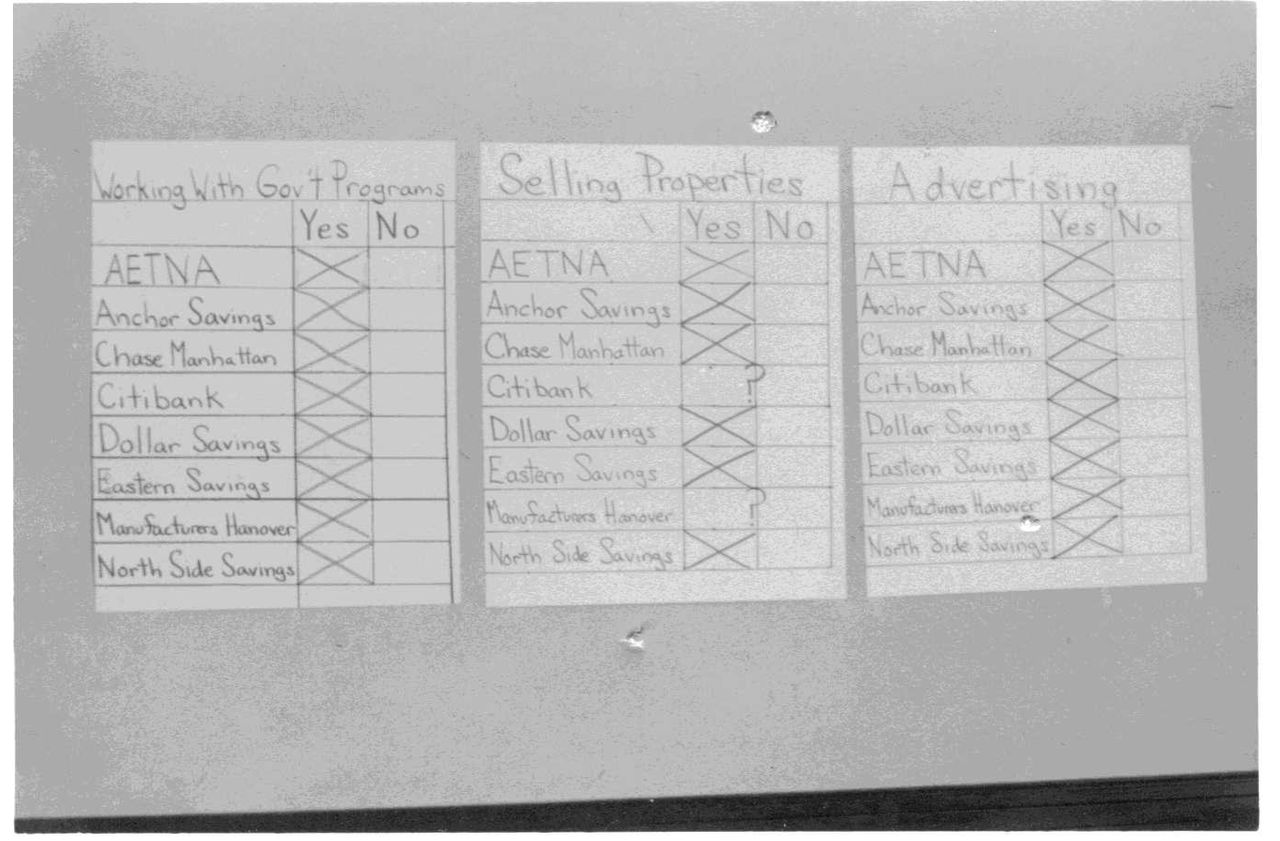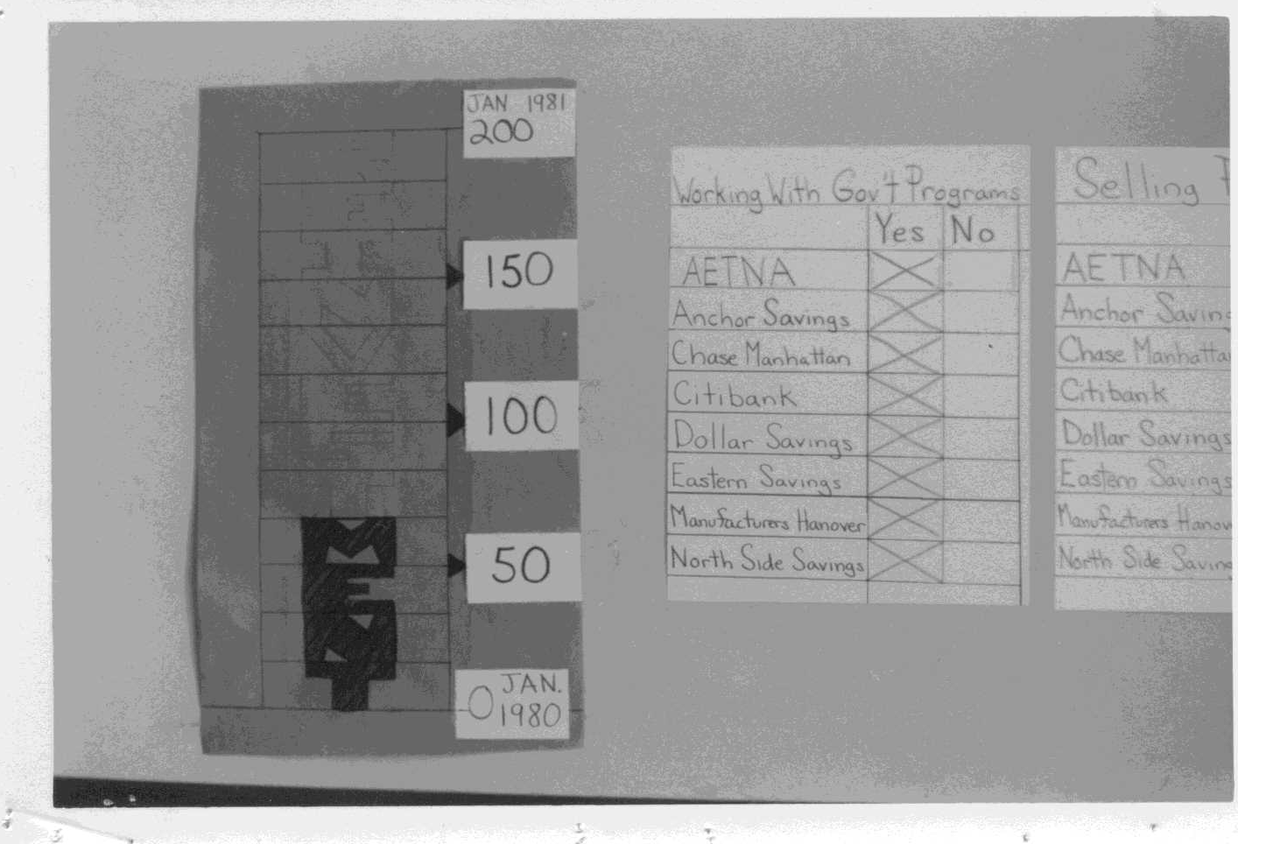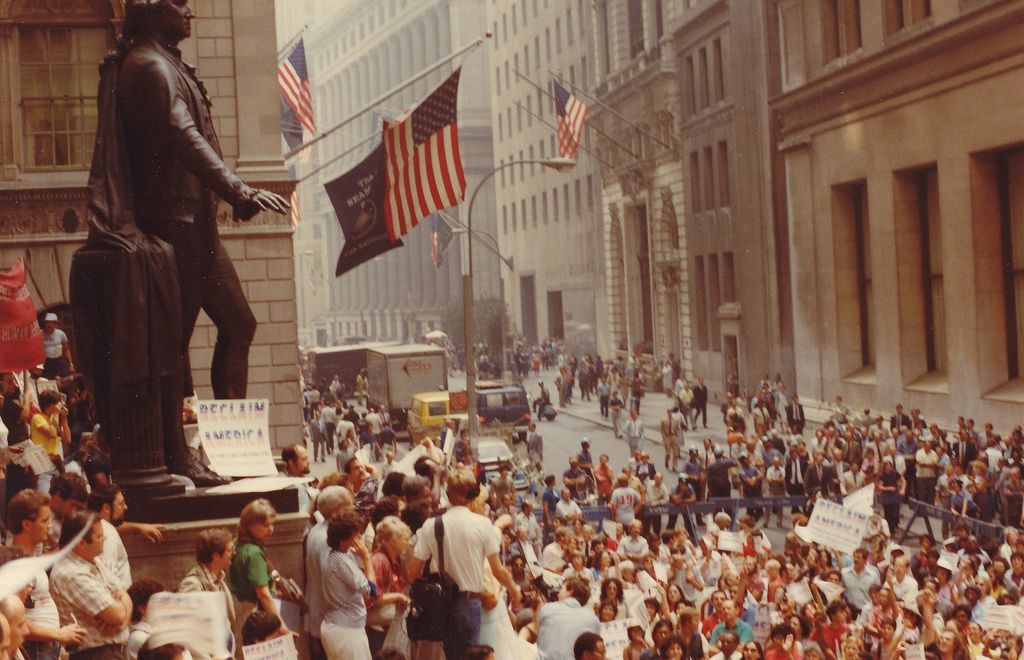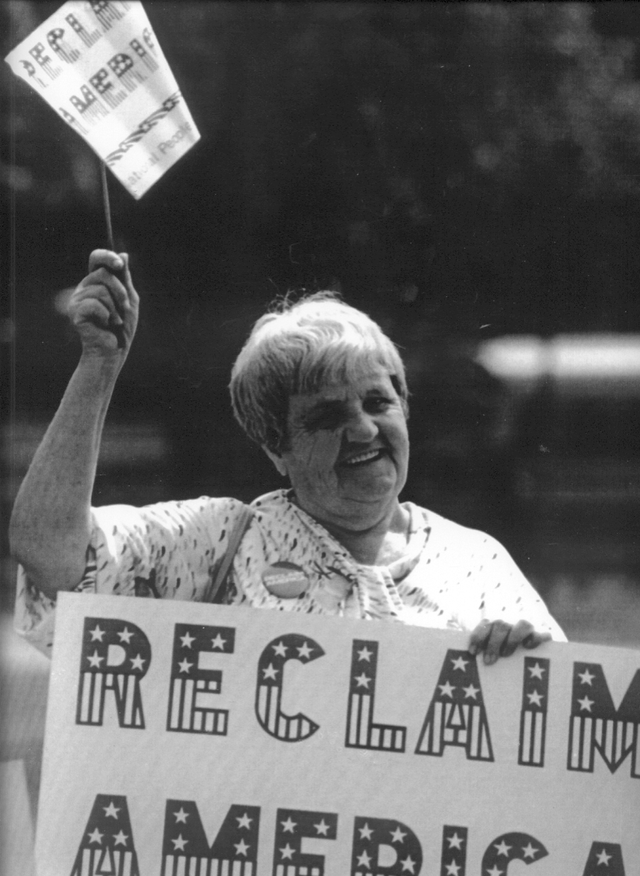The Northwest Bronx Community and Clergy Coalition was forged in the fires of the early 1970s. Through redlining, a practice of creating color-coded maps to indicate the desirability of neighborhoods based on racial composition, the federal government and banks began diverting investments from low-income communities of color toward mixed-income white communities. This practice led to racial segregation, devastating places like the Bronx, where landlords couldn’t get financing to make large scale renovations or sell their properties. Instead, many owners looking to get a return on their investment turned to arson to recoup fire insurance money. As a result, flames engulfed entire neighborhoods, leaving families homeless and businesses destroyed in their wake.
The peak level of arson in the mid 1970s coincided with the loss of manufacturing jobs and the fiscal crisis of New York City. This led to the slashing of vital support services, including fire departments. Expressways tore apart vibrant commercial and residential neighborhoods, and expedited the flow of people and goods to the growing suburbs. As a result, while suburbs around the Bronx were blooming, the Bronx was burning. More than 12,000 fires burned each year. 300,000 people fled. And in the South Bronx, 40% of the homes were destroyed.
Clergy leaders and tenants responded to this crisis by harnessing the power of organized community to hold decision-makers accountable and bring about new creation. In 1974, clergy, students, and community members from all backgrounds joined together to birth the Northwest Bronx Community and Clergy Coalition (NWBCCC) and stop the devastating sweep of arson and abandonment. Bishop Patrick Ahern, Vicar for the Northwest Bronx vicariate delivers a homily and a call to action to organize to save their neighborhoods. Parish collections fundraised to hire community organizers, many of whom were young people from the neighborhood who had grown up watching the devastation unfold. Building by building, block by block, everyday people began building a powerful network of tenant and neighborhoods associations to stop landlords’ arson-for-profit schemes.




















